Solar Spells
Editor’s Note: The 24 Chinese solar terms were devised millennia ago and supplement the Chinese lunar calendar by acting as a framework for agricultural activities. In this issue, we will introduce the remaining spring solar terms: “Clear and Bright” and “Grain Rain,” both of which are very important in farming.
Clear and Bright
“Clear and Bright” (Qingming) falls between April 4 and 6. This year it falls on April 4 in the Gregorian calendar. Its literal meaning suggests that the weather is clear and bright. After “Clear and Bright,” birds chirp cheerfully in the trees and the land is flooded with sunshine.
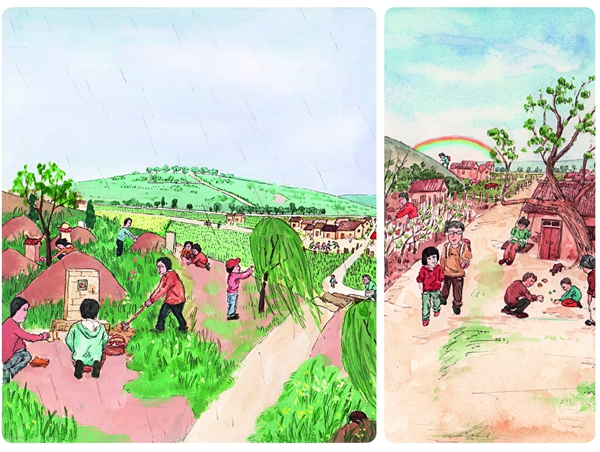
As it rains more often after this solar term, rainbows become a frequent sight. The sun is filtered through the rain, each raindrop refracting the light like a prism, releasing all the colors of the rainbow.
China has long held to the tradition of planting trees during “Clear and Bright” as saplings find this an optimum time to establish themselves. The spring sunshine blesses the earth and there is ample rain. In 1979, the Chinese government officially named March 12 “Tree Planting Day.” People across the country – especially school children – take part in communal events to plant trees and make their environment greener.
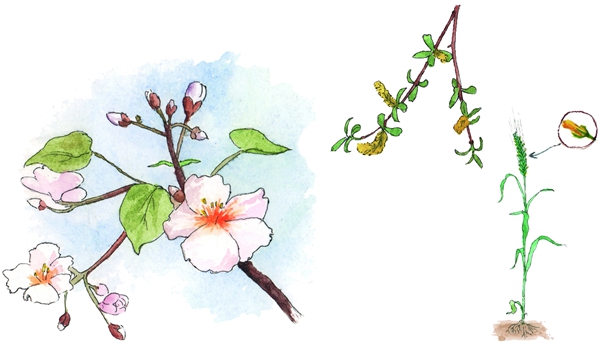
When Tung flowers are in bloom it is a sign heralding the arrival of “Clear and Bright.” Spring is almost over, and it is traditional for Chinese poets to use the image of withering Tung flowers to lament the passing of spring. At this time of year willow trees are in leaf and rapeseed flowers blossom bright yellow.
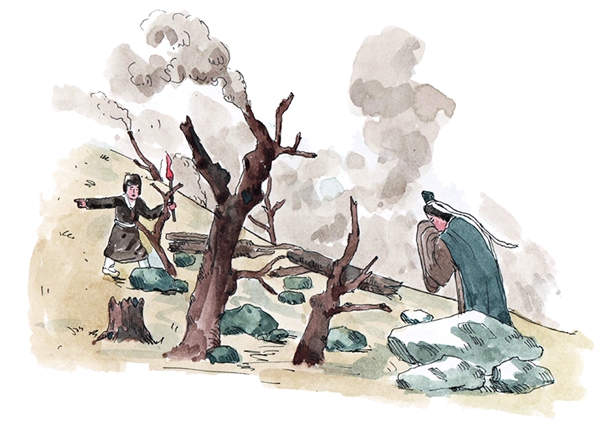
Creatures that have been hiding underground all winter cannot resist the pull of the warmth above ground at this time of year. Field mice emerge from their holes to forage for food but the glare of the spring sunshine is too much for their sensitive eyes, forcing them to return to earth. Burrowing birds emerge at around the same time to enjoy the sun, giving rise to the ancient belief that field mice actually transform into birds.
Tomb-sweeping Day is one of the most important festivals in China and the tradition stretches back over 2,500 years. No matter how busy they are, people always take the time to tidy up the graves of deceased family members. When the grave is cleaned, people burn incense and joss sticks, and leave offerings of fruit, flowers and distilled spirit before the headstone as a sign of respect, honoring family members who have passed from this world to the next.
Grain Rain
“Grain Rain” (Guyu) falls this year on April 20. Its name comes from an old Chinese saying: “Rain aids the growth of countless grain.” This illustrates the importance of rain for crops at this time of year. “Grain Rain” is the last spring solar term, after which temperatures rise and there is a marked increase in rainfall, making it a prime time for growing grain.
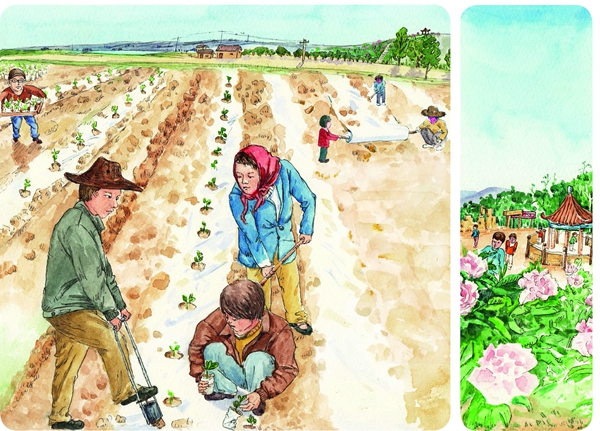
“Grain Rain” is the best time to sow bean and melon seeds. Farmers also busy themselves sowing corn, soybean, potato and peanuts. The seeds are usually covered with a plastic sheet to keep them warm enough to germinate.
In southern China custom dictates that people should drink tea on “Grain Rain” day. The spring tea taken during “Grain Rain” is rich in antioxidants, which can help reduce heat in the body, and is also said to be good for the eyesight. Some people believe that drinking tea on this day prevents bad luck.
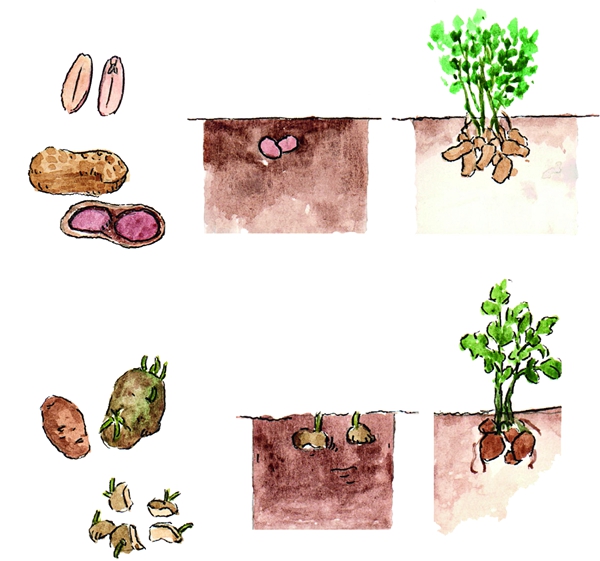
Going out to view the wonderful sight of peonies in bloom three days after “Grain Rain” has become a tradition in northern China. The flowering of the peonies coincides with “Grain Rain” so it has also known as the “Flower of the Grain Rain.” The peony is native to China and has been cultivated here for over 1,500 years. Its flowers are large and bright, with many layers of colored petals. The flower represents grace and dignity in Chinese culture. Chinese people also associate peonies with wealth and rank. Peonies are a frequent sight in traditional Chinese painting.
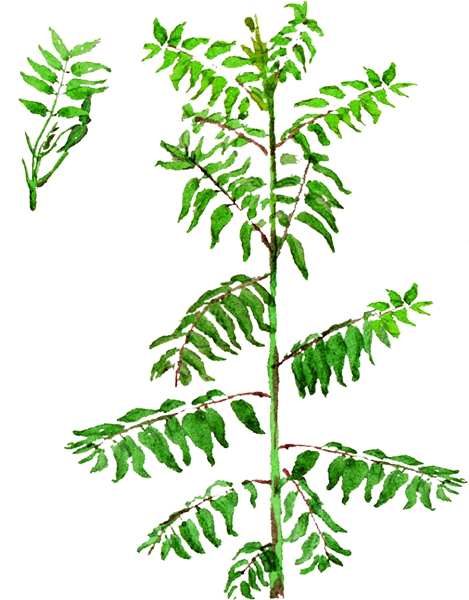
Xiangchun (or Chinese toon) are the tender leaves of the Chinese Mahogany tree. Chinese people value this vegetable highly. They pick the leaves to make stuffing for dumplings and steamed buns, and also serve it in various cold dishes. It is said to be nutritious and have medicinal properties.
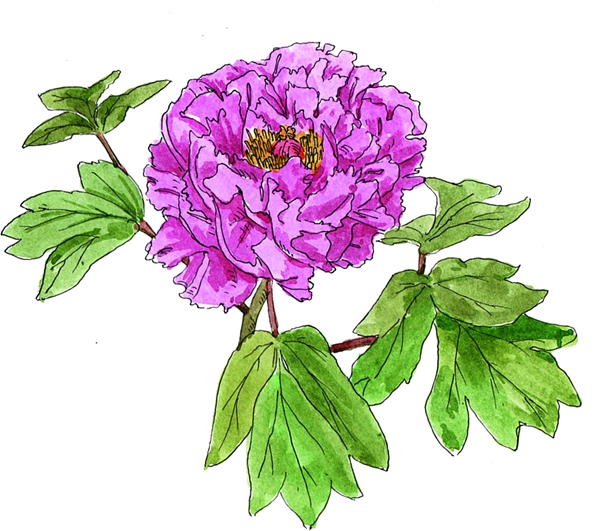
The Grain Rain Festival is celebrated in fishing villages along the northeast coast of China. “Grain Rain” marks the start of the year’s fishing season. The custom dates back over 2,000 years, to a time when people believed they owed a good harvest to the god who protected them from storms at sea. People worshipped the god of the sea and performed a sacrificial rite during the Grain Rain Festival to ensure a bountiful harvest and pray that their loved ones would be safe when at sea.







